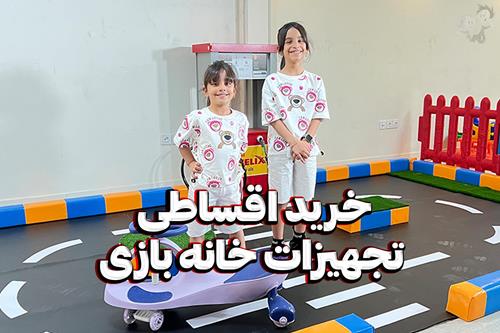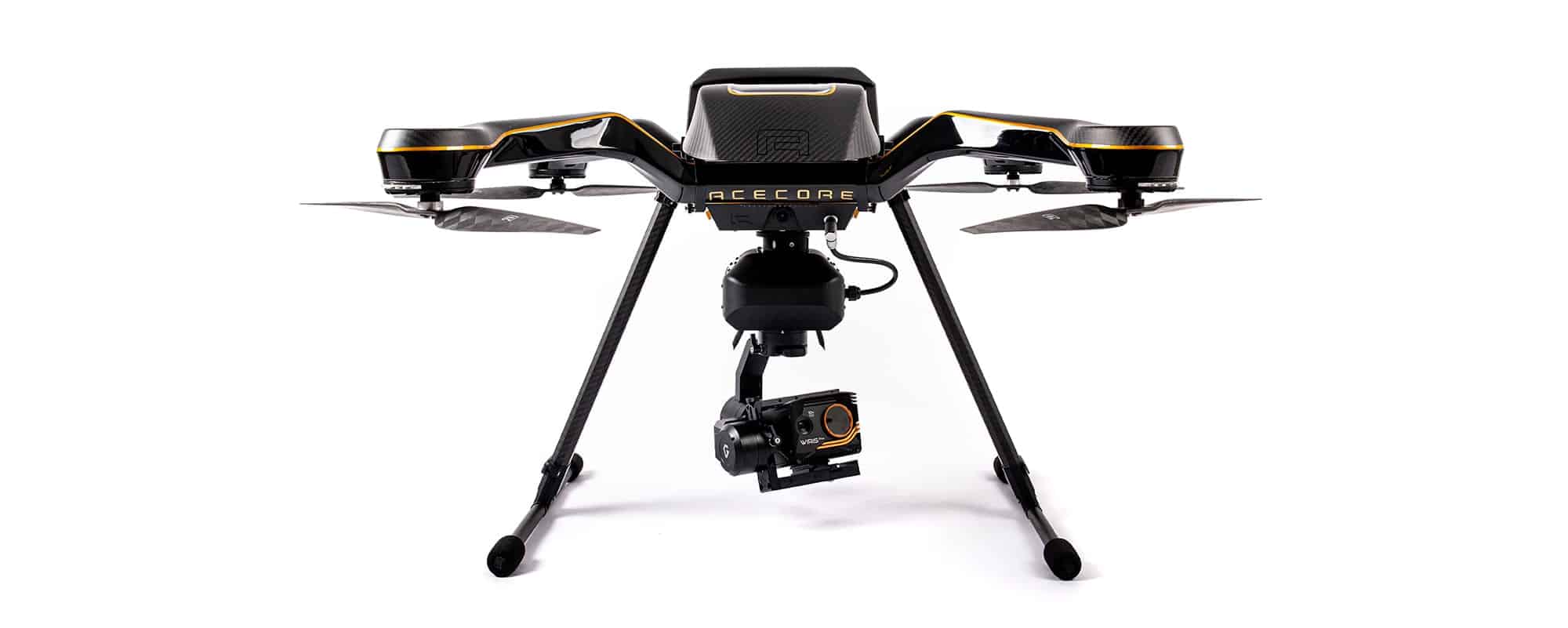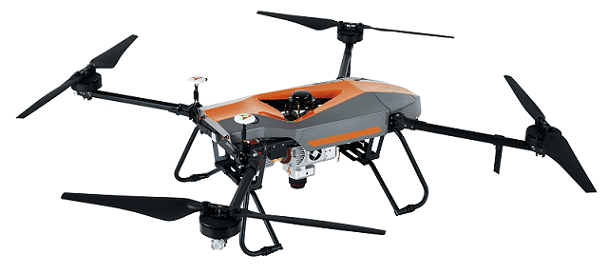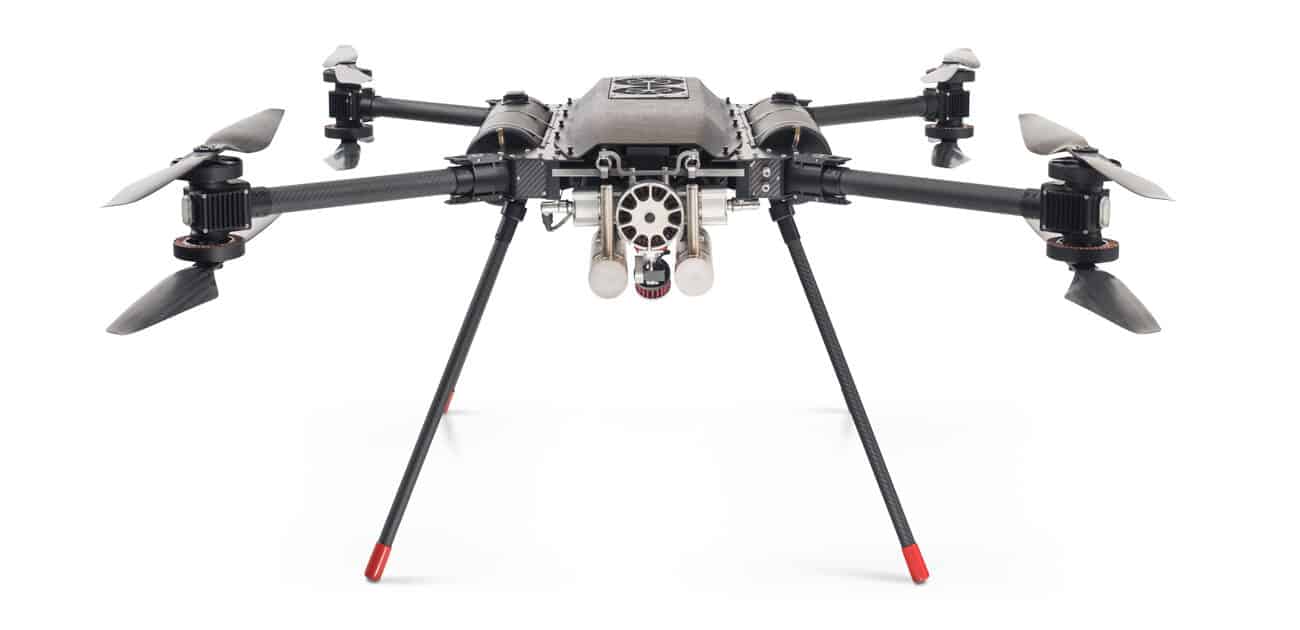




Air hockey on the table is an exciting and fun sport

Introducing the game Hand Speed or Handix

The prominent role of video game consoles in the evolution of amusement parks

Augmented reality in the city of modern games

Park and outdoor products - beauty, safety and entertainment in the field of playground equipment

New playground equipment, a look at the latest technologies in 2024

Kindergarten teacher training complete guide

Kindergarten equipment is a complete guide to providing a safe and educational environment for children

Installment purchase of playhouse and kindergarten equipment, advantages and disadvantages

Kindergarten supplies exchange in Tehran

Kindergarten equipment and supplies
What is a quadcopter drone and how does it work?
no equivalent
A quadcopter is a multi-rotor unmanned aerial vehicle with four arms or booms, each with one rotor (hence "quadcopter"). Multi-rotor drones are unmanned aerial vehicles (UAVs) with multiple rotors that are used to generate lift and enable the aircraft to fly. The principle of work is that one pair of rotors rotates clockwise and the other counterclockwise, and by changing the speed, thrust force as well as rotational motion can be created.

Quadcopters are VTOL drones, meaning they are capable of vertical takeoff and landing ("VTOL"). This is ideal for situations where launch space is limited, for example if launching and landing on a ship at sea is required. The ability to hover in place gives it an advantage over fixed-wing UAVs for small-scale surveillance and reconnaissance.
Many quadcopter drones are gyro-stabilized to allow them to fly smoothly even in windy conditions. An IMU (Inertial Measurement Unit) detects changes in yaw, yaw and roll of the drone and sends the data to a flight controller, which adjusts the output to the quad rotors to achieve the desired result.
Applications
Quadcopters are typically simpler to build, cheaper, and easier to fly than helicopter drones, making them an ideal choice for certain applications such as aerial mapping and photography. They can also be used to deliver drones and have already been used to deliver medical supplies to remote and urban areas.
Quadcopter drones are used in a wide variety of professional applications, and the drone and payload are specifically chosen to suit the type of application. Industrial quadcopters are used in applications such as pipeline and infrastructure inspections. Agricultural quadcopters can be used for crop monitoring. And top-of-the-line quadcopters with high-resolution cameras and/or LiDAR technology can be used for surveying, surveillance, and mapping.

Size and stamina
Quadcopters range in size from small quadcopters that are no more than an inch square to professional quadcopter systems that are two to three feet in diameter. There is usually an upper limit on the size of frames, as more volume means more weight, which requires more power to lift - then there's a balance between battery weight and size vs flight endurance.
The typical flight time of a quadcopter drone with a battery is about 30 minutes. New designs have been able to extend this by incorporating battery cells into most structures. Hydrogen fuel cells, which offer higher energy density than batteries, can also be attached to larger quadcopters to increase flight endurance.

Cameras and aerial imaging
Aerial imaging is the most popular application for a quadcopter drone, and many quadcopter manufacturers offer packages that pair multirotors with specific camera payloads. These cameras may be integrated into multi-axis gimbals that allow the camera to move while flying and also reduce the effects of vibration.
Video and still image camera payloads can provide professional quadcopter drones with powerful optical and digital zoom capabilities, with 4K resolution and still images in the tens of megapixels, making them ideal for tactical and professional applications such as surveillance and industrial inspection. Some also offer FPV (first-person view) capabilities, where low-latency video is fed back to the pilot via 4G/LTE to a screen or headset. FPV quadcopters are often used in the sport of drone racing.
Many imaging systems have a range of intelligent flight modes to improve performance, such as operator tracking, active target tracking, and automatic waypoint tracking.
Author and translator: Ali Asghar Alizadeh
Source: unmannedsystemstechnology




 Category
Category
